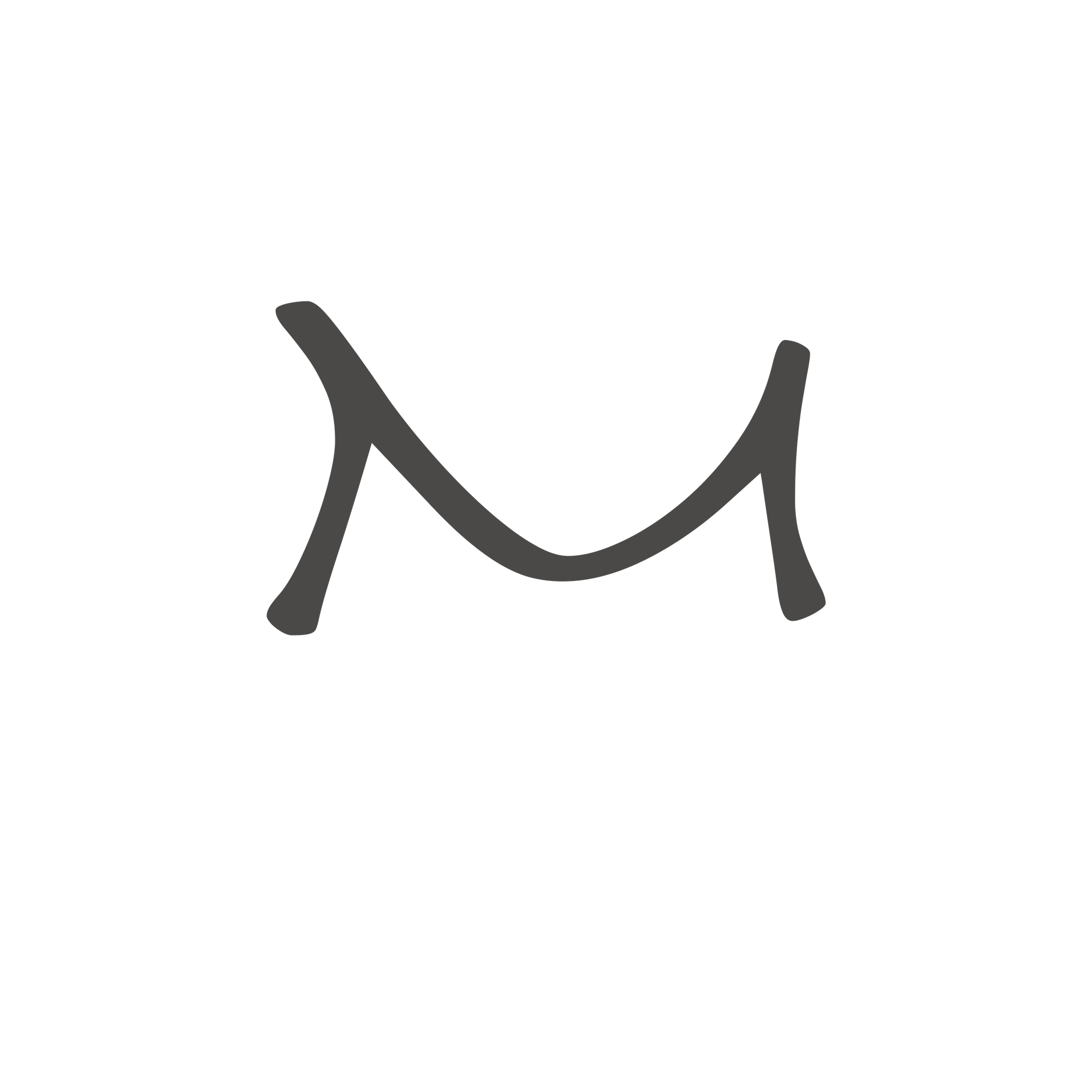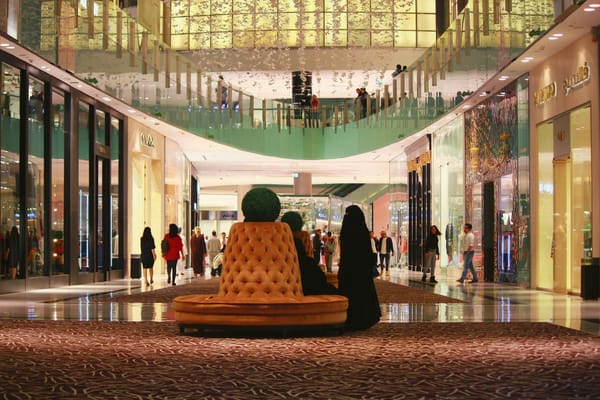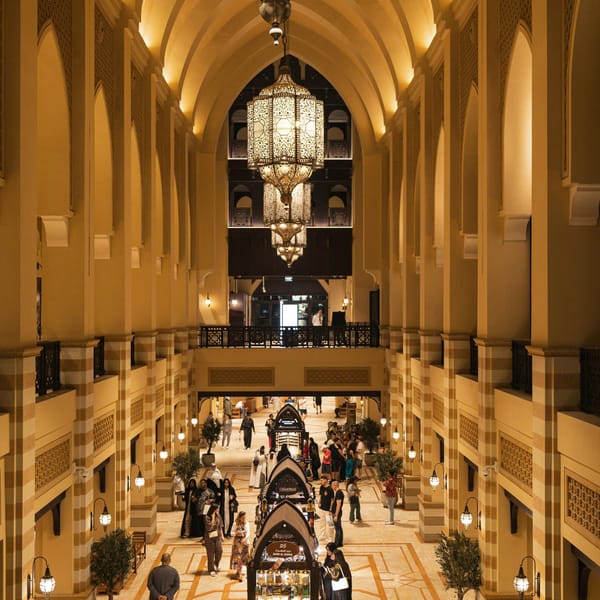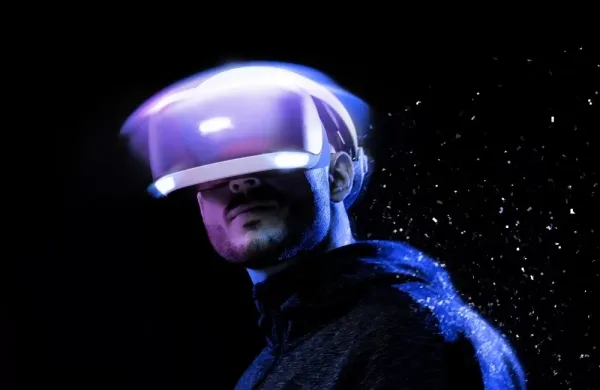The Middle East's $84.5 billion fashion industry is undergoing a fundamental transformation, with sustainability emerging as the new currency of luxury. From Dubai's position as the world's fifth fashion capital to the rise of eco-conscious designers across the Gulf, the region is challenging the traditional fast-fashion model that has dominated global retail.
Luxury brands are jumping on the sustainability bandwagon, but Middle Eastern designers are taking a different approach. Rather than green-washing existing practices, they're building sustainability into their brand DNA from inception. Emirati designer Reem Acra has pioneered zero-waste pattern making, while Saudi Arabia's Hindamme combines traditional craftsmanship with sustainable materials.

The shift reflects changing consumer values. A 2023 survey by PwC on Middle Eastern consumers found that definitions of luxury are expanding beyond designer brands to include provenance and sustainability, with around 40% of regional consumers willing to pay a premium for such credentials. This isn't just about environmental impact—it's about cultural authenticity and long-term value creation.
Key indicators of this transformation include the rise of capsule collections over seasonal drops, investment in local artisan communities, and the integration of traditional techniques like hand-embroidery and natural dyeing processes. Dubai Design District has become a hub for sustainable luxury, hosting over 200 eco-conscious fashion brands.
The economic implications are substantial. As global luxury conglomerates seek sustainable partnerships, the region's early movers are positioning themselves as essential collaborators in the industry's future.









